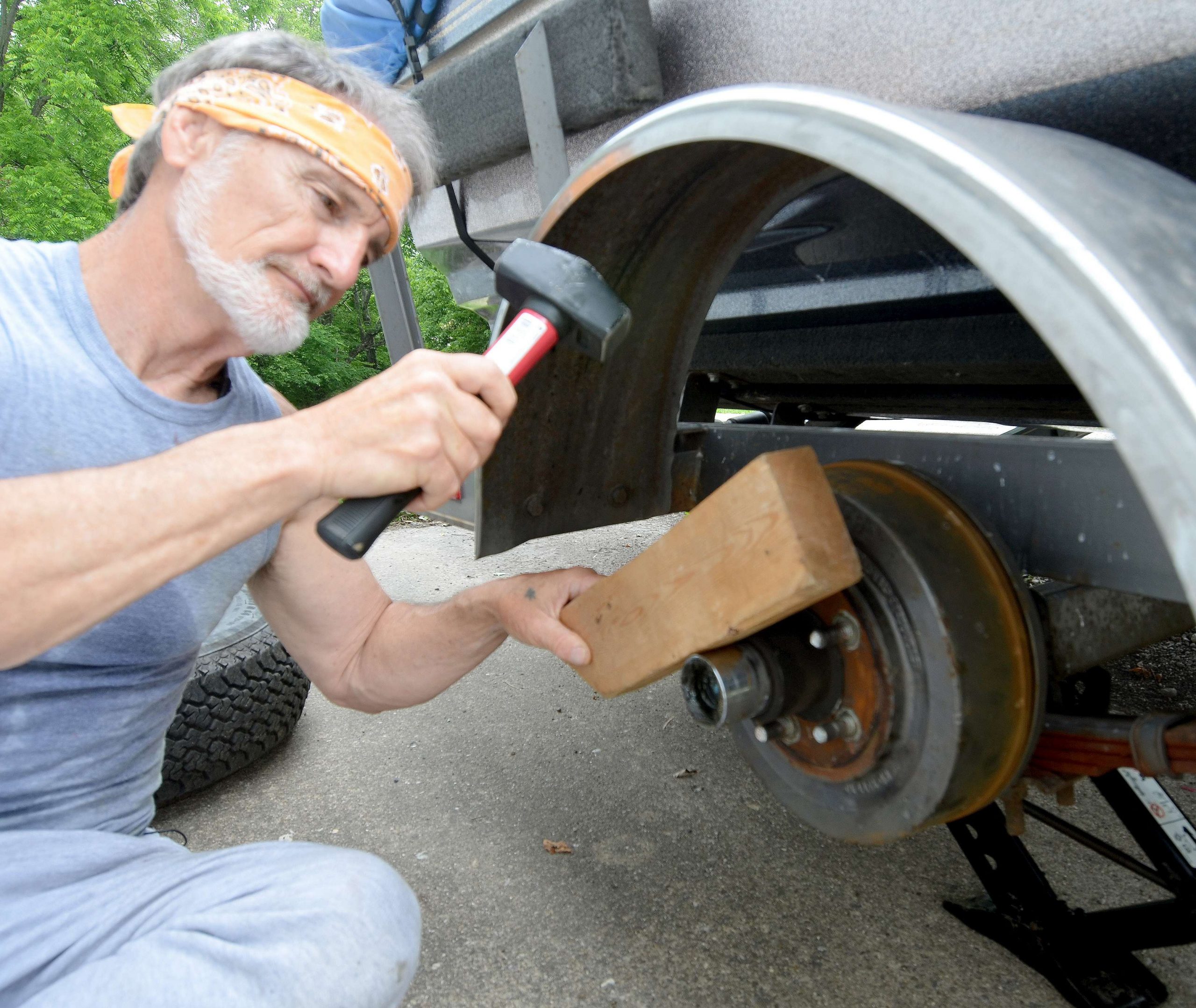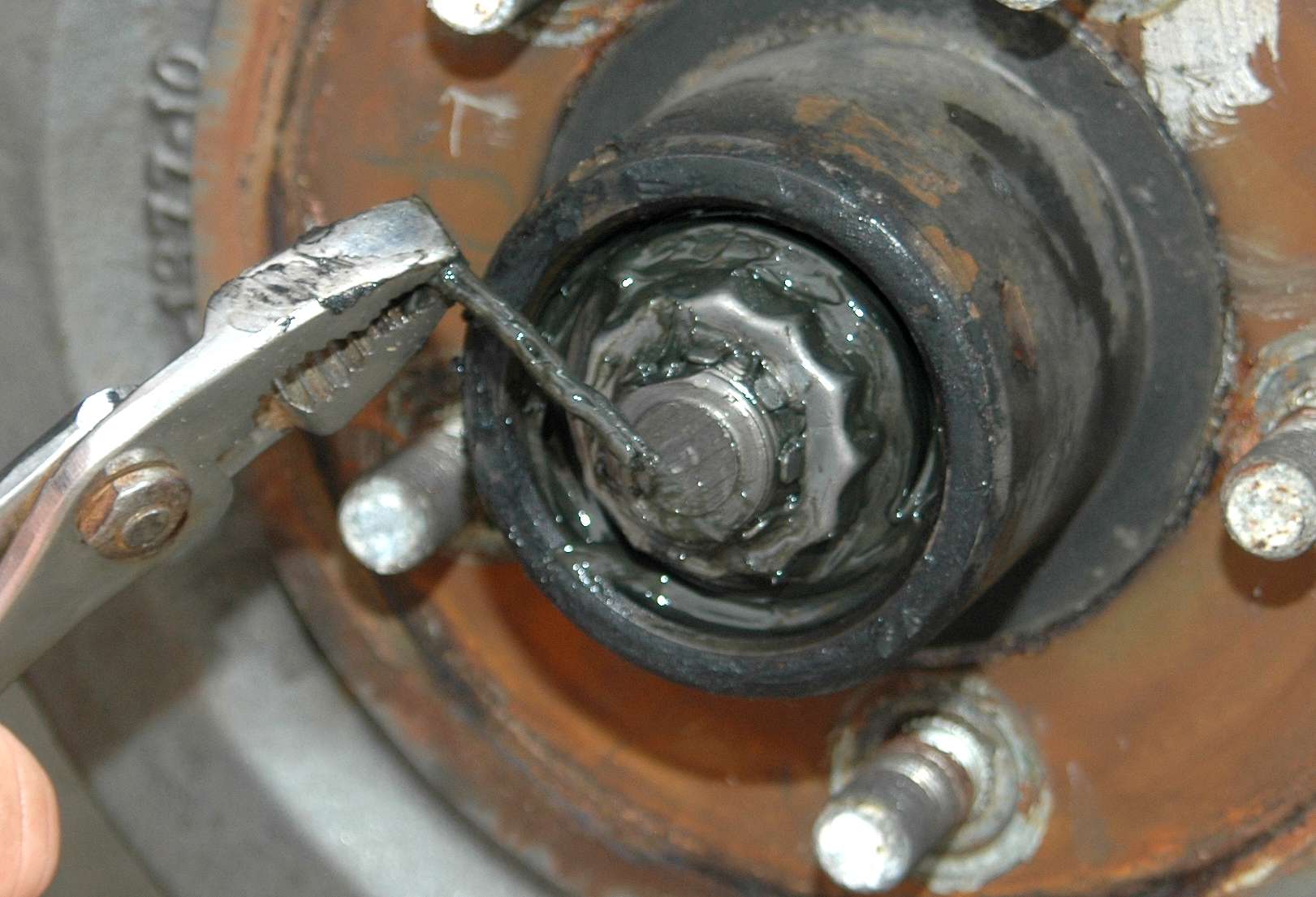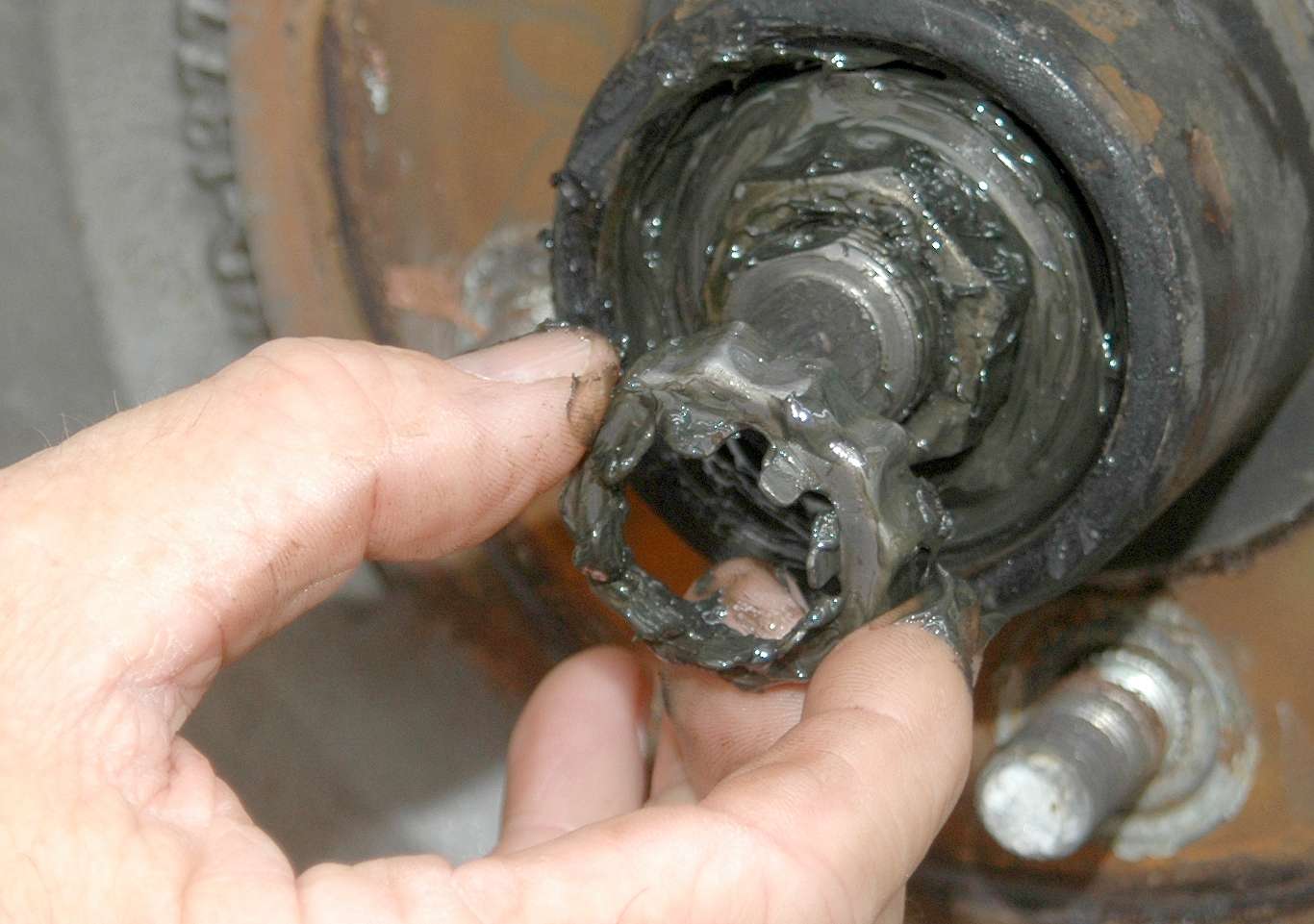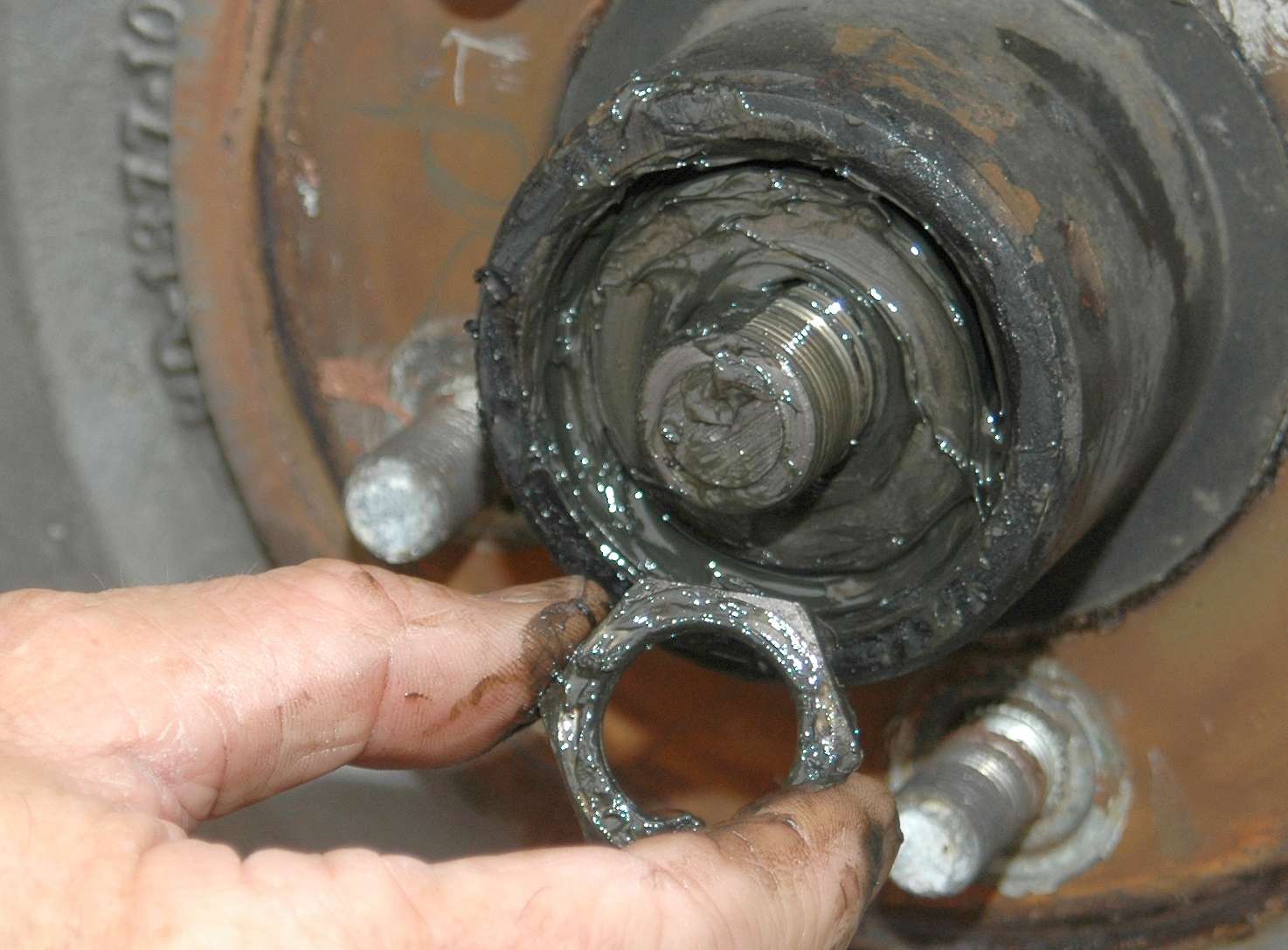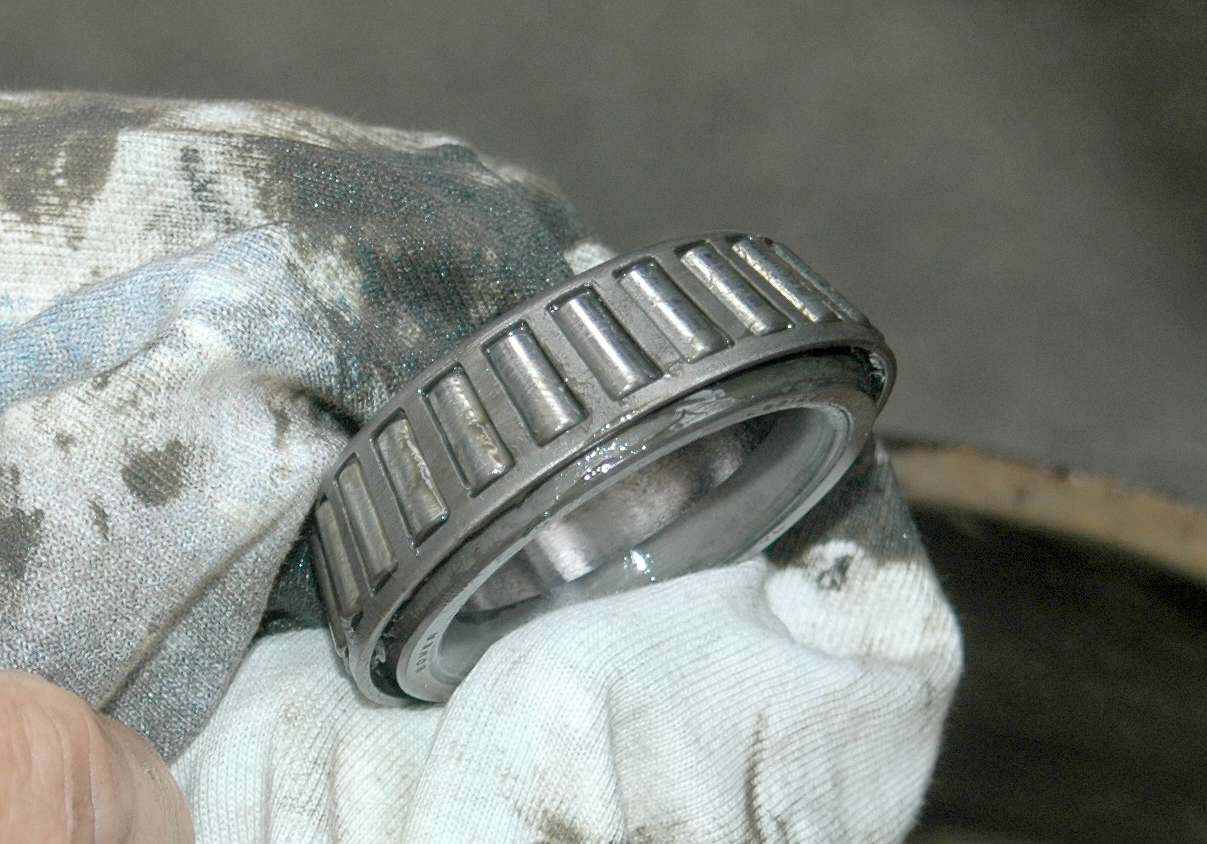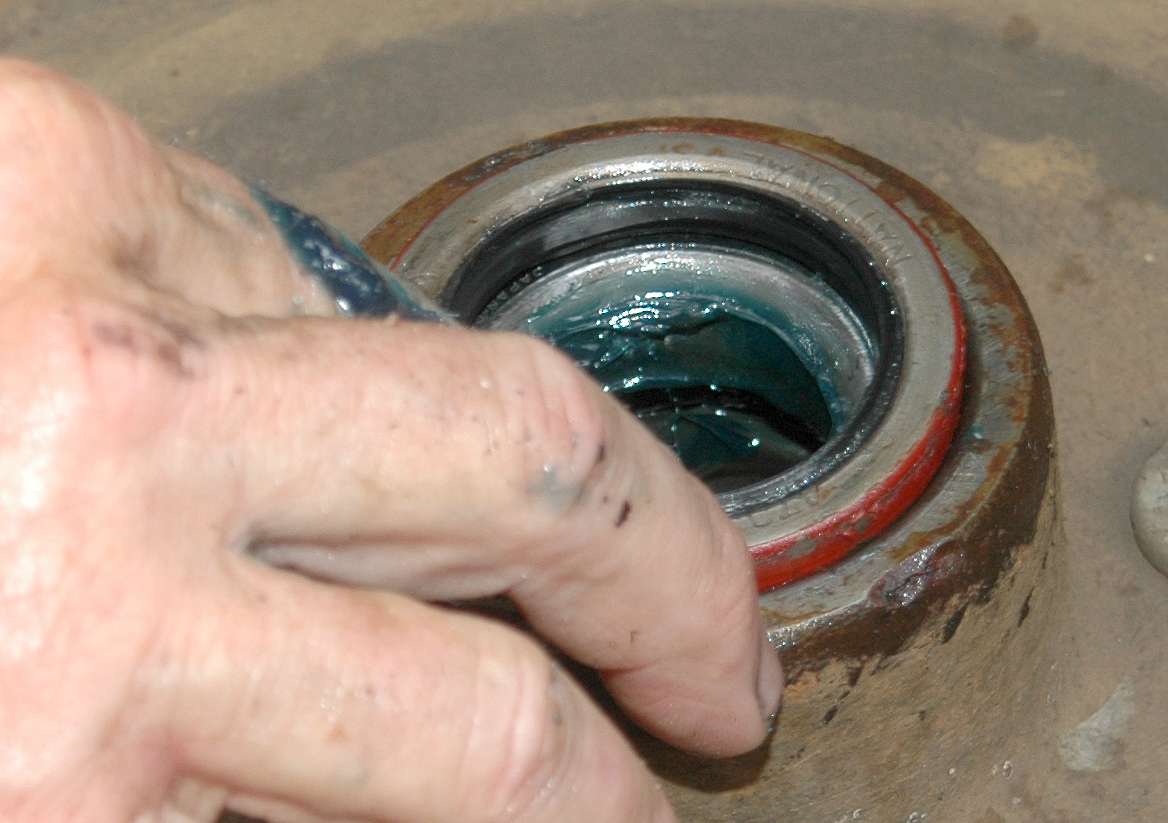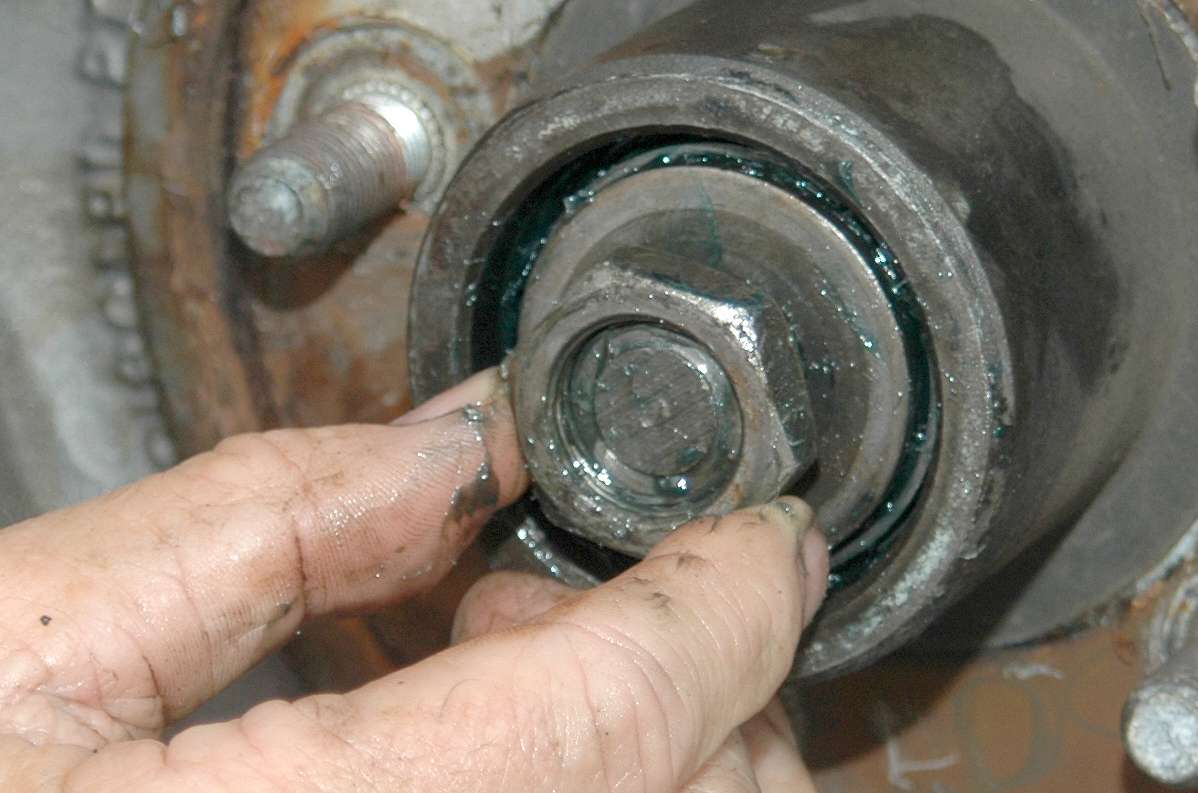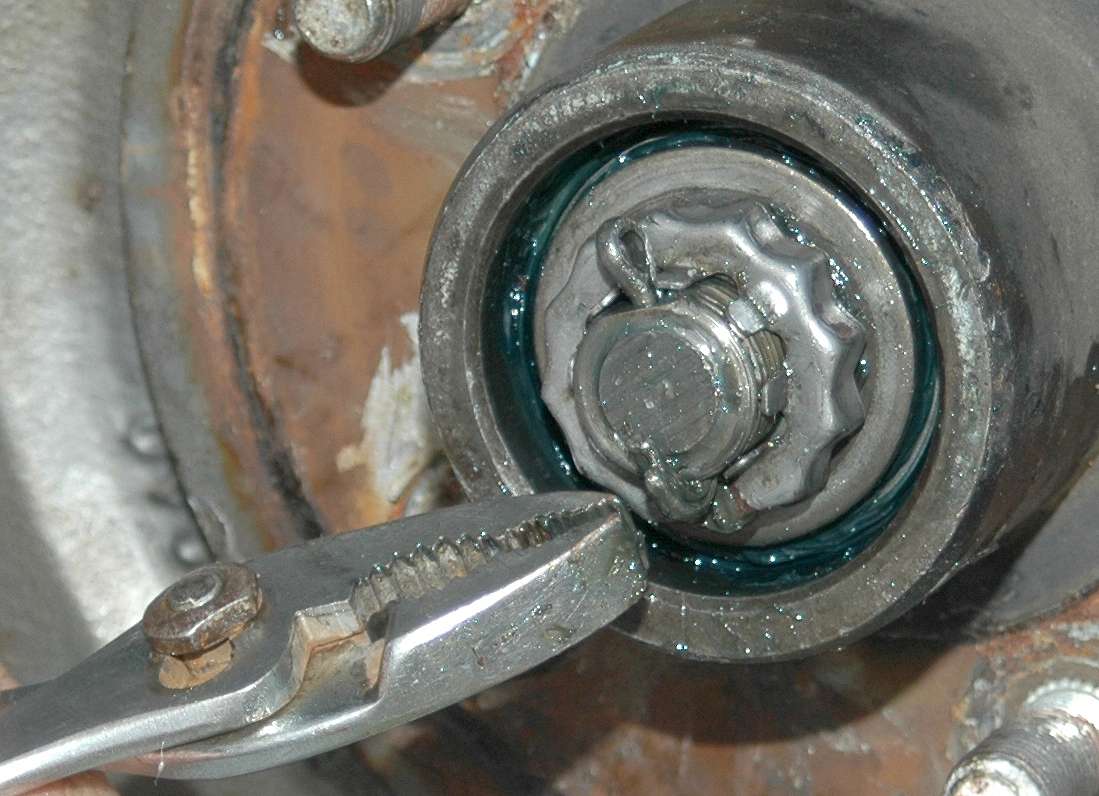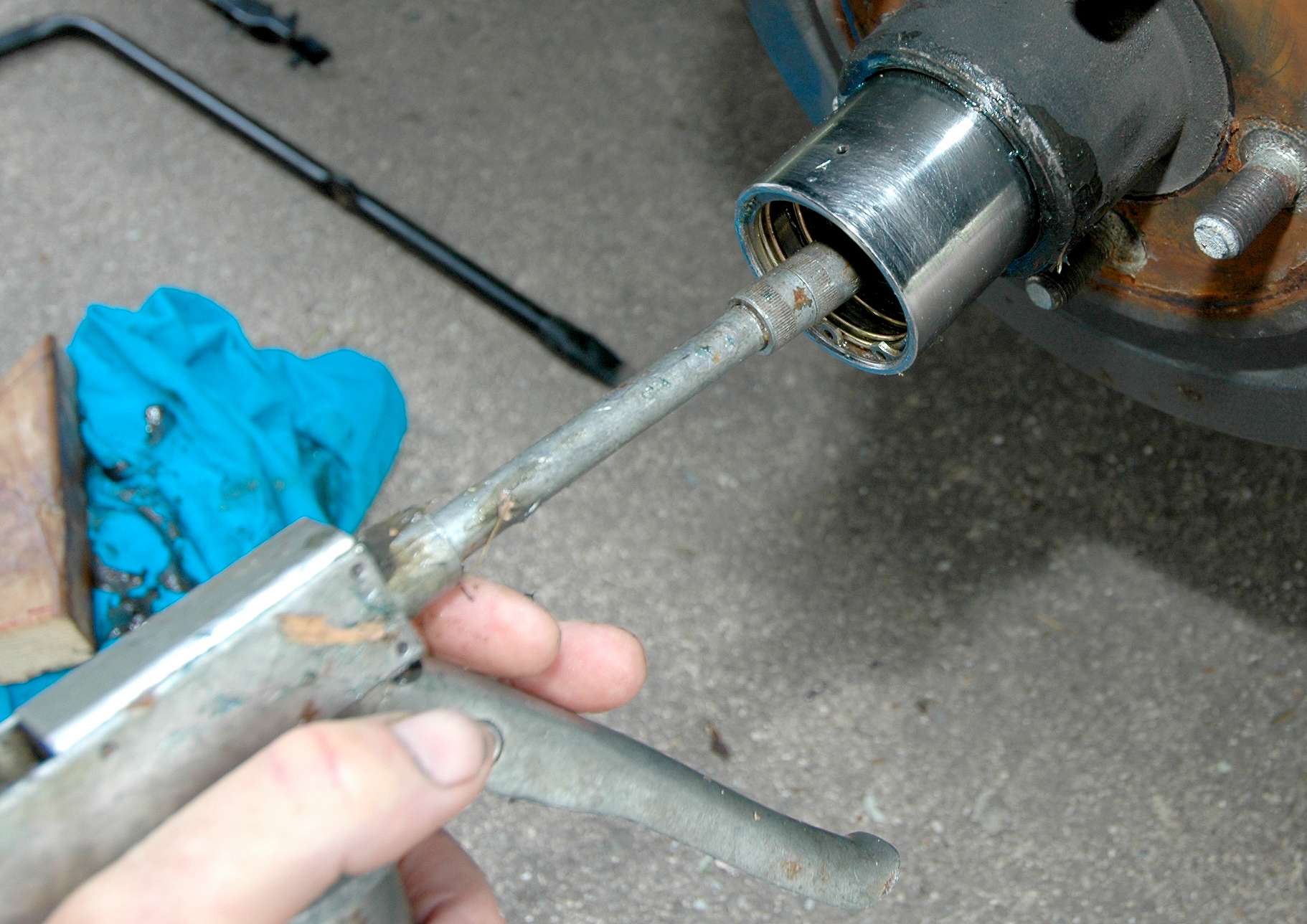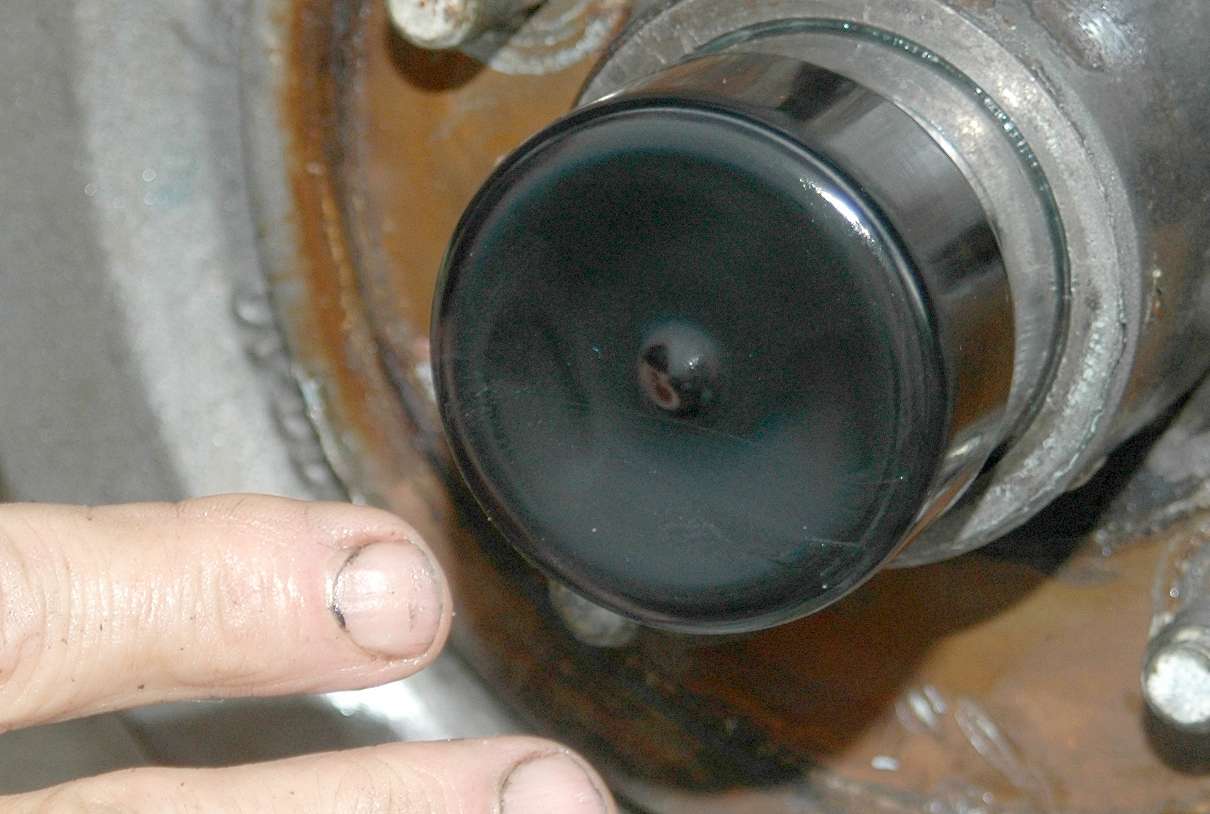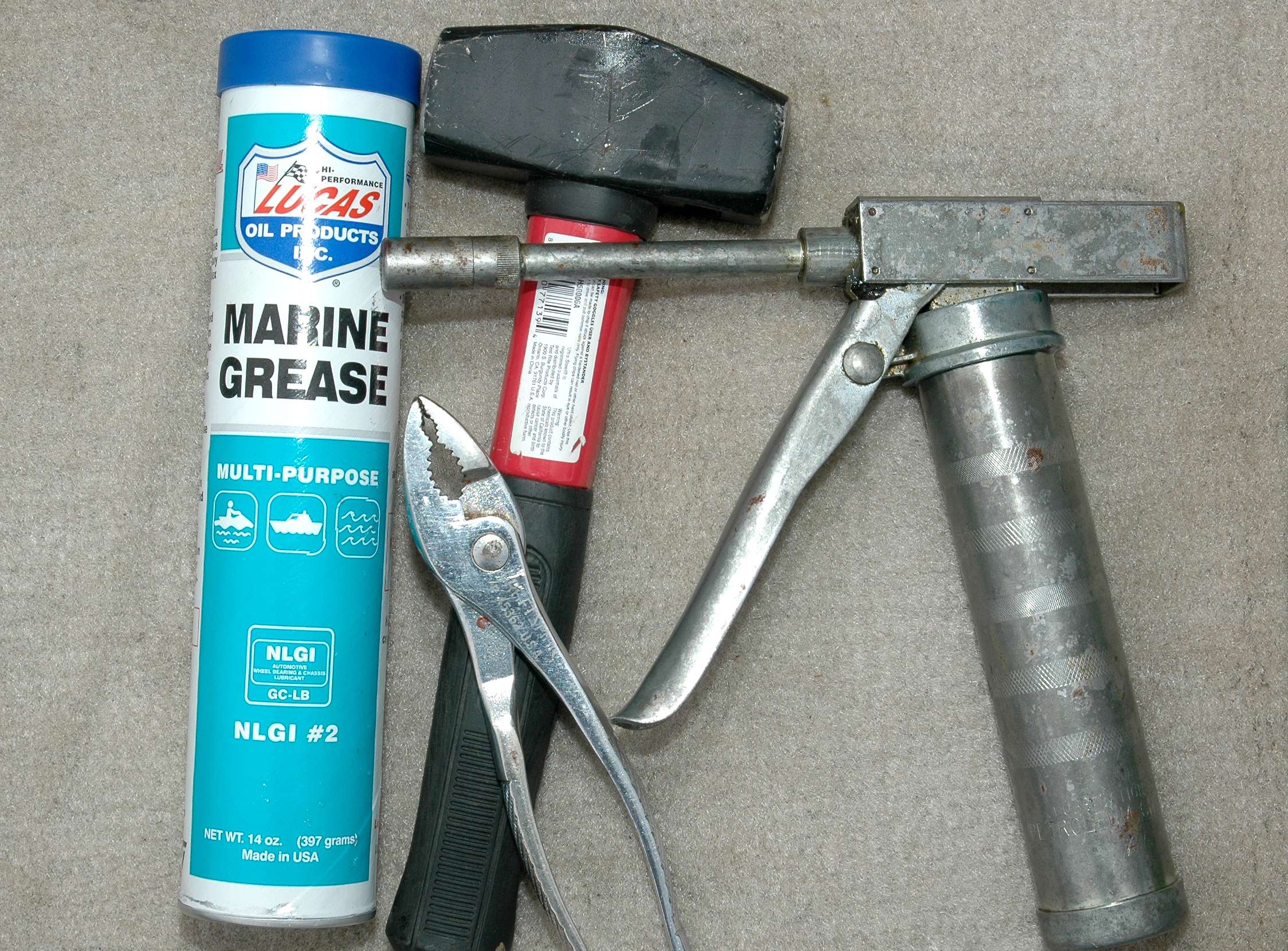
Trailer maintenance is just as important as the upkeep on your boat. Your boat spends most of its life resting on a trailer. And the trailer must safely carry your boat to bass waters near and far and back home again.
The trailerâs wheel bearings are especially vulnerable because they are submerged whenever the boat is launched and loaded. Even with bearing protectors, which are essential, itâs a good idea to repack the bearings every year. A failed bearing could leave you stranded far from home and could possibly cause an accident.
REPACKING WHEEL BEARINGS
To repack wheel bearings youâll need grease, pliers, a hammer and a grease gun. Add to this plenty of old rags and a block of wood.
